It is no accident that for the past two days an unforgettable music by Artemiev rings at all hours within my head: it’s the soundtrack of Siberiade, one of those Russian must-see that –being European movie markets sold to the big capital– never reach our screens. In the film, Konchalovsky tells us the story of Yelan, a tiny God forsaken village in Siberia; and through a family saga spanning three generations shows how the October Revolution of 1917 and other social events of XXth century change completely, and decide, the remote place’s fate. Now, what is the relationship between this emotional drama and my own–much more modest one? Landscapes and subarctic twilights. These long, slow sunsets and these lake spotted, endless conifer forests constantly bring to my memory scenes from Siberiade, whose music seems to drown my brain with a steadfast realism.
After leaving behind Rautalampi I’m now going past some towns that, far from the charming atmosphere I there found, look rather unwelcoming, there being not a soul on the street nor a shop open after five p.m., except maybe for the supermarkets, which usually close at six. Thus Varpaisjärvi, a forlorn town where I’ve arrived via Kuopio and where a timely roadside motel has decided me to stay overnight. Taking a stroll I came to a curious graveyard memorial where, on a patch of bright grass with red and white flowers very well taken care of, there sit in a few rows, precisely arranged, several dozen gravestones with the names of those who fell during World War II fighting the Germans and the Russians. I guess their bones don’t rest underneath, or perhaps they do, all bones scrambled in mass graves, go figure which is whom, the plates merely to remember their names. What a sad fate that generation had. I’ve counted one hundred and forty two plates, which is too many plates for so small a town; perhaps all men able to take arms went to the war… and all were killed.
Being comfortable, quiet and affordable, the motel left no major footprint on my memory beyond those three virtues, perhaps next to a well-stocked, good quality self-service breakfast. And it wasn’t late in the morning–for my habits–when, leaving my room, I loaded Rosaura with the side cases and rode to the northeast for crossing the Route 87, then straight northbound along a 100 km long stretch that crossed the Nowhere; like this journey.
As to riding a motorcycle, it’s getting a big boring these days, because forests extend, monotonous, over endless miles of flat lands with hardly a curve or a hill to enliven a bit the ride. I see many wheat fields still green, not seasoned despite the season, and by the lakes’ shores there are often marshes whose dying, putrid trees scratch the sky with their boney trunks. Yet I don’t speed up, regardless of the long straight stretches with no traffic: I don’t like to overspeed nor need to get fined; I almost always roll–like most Finns–below the speed limits; and besides this–unlike Finns–noone expects me me anywhere; sitting behind the handlebar I enjoy myself peacefully riding and watching everything around me.
Suddenly, in a long straight crossing an uninhabited land north of Rautavaara, there is to my left a vast tract of bare, deforested land larger than 100 acres, all harrowed up and showing the dark peat-rich soil (the same that lends its characteristic colour to the Finnish waters). I stop the motorcycle and walk for a while on this black ground. I wonder, what’s going on here? The plot is crossed here and there by a ditch with water, or a low, straight whitish mound. What the hell? About half a mile away there are some huge yellow machines of a kind I’m not familiar with. The sight is so desolate and eerie, it puzzles me. Is this one of those controversial peat-extraction fields? As I’ve heard, turf is–by far–the most polluting energy source in Finland, and there is some debate regarding its extraction; so, it would make sense to keep such activity well out of sight, in empty regions like this. But I’m only speculating; I have no clue what is this land about, and there’s nobody around whom to ask, so I remain uninformed. Maybe some of my Finnish friends, when reading these words, might enlighten me as to the nature and purpose of such a place like this.
By late afternoon I’ve already ridden almost two hundred kilometres, and after passing by Sotkamo I reach Ristijärvi, where my map pinpoints a hotel by the name of Saukkovaara, a ski resort offering accommodation all year round. I book a room, nice and dandy, and when I’m taking the luggage inside I realize that the whole place is full of … Thais! What the hell? They are all over, filling not only one of the hotel buildings but also several family cabins. Mostly men, though a few women also. They’re like a colony; they mind their own business, cook their dinner in front of their doors or at a big barbeque in the main esplanade, hang their laundry outside, and seem to be here for some time. Obviously they haven’t come from Thailand to spend the weekend. Maybe they’re a crew for preparing the winter facilities to be ready before winter? I do not know.
Saukkovaara resort is on top of a hill, and down below, around one kilometre as the crow flies, there lies Ristijarvi. I feel like a beer and some atmosphere, so I walk down a track through the forest. But, when I arrive, I realize that this is the most inhospitable little town I’ve been so far this journey: not that the commerce is closed–like in other places I’ve been–but rather there is almost no commerce at all; after going round the two only streets in town, with houses rather disorderly spread out, I haven’t spotted a single restaurant or pub–just a closed down fast food by the closed down gas station. I’ve seen a couple of closed shops don’t know what kind, though no food stores for sure, and a few public-looking buildings as if a health care or a school, go figure. Nothing’s open, and it’s barely seven pm.
This unalluring town would seem abandoned were it not for a few cars I’ve seen going God knows hitherto nor where from; visiting neighbours I guess, as there seems to be nowhere else to go here. And they probably don’t like walking, like North Americans. For the rest, nothing seems to take place in Ristijarvi and–funnier yet–nothing seems to possibly take place. Quite the opposite to Rautalampi. I find it hard to imagine how can one live in a towh lacking a single public place where to socialize; and it’s strange, because Finns are sociable. Definitely it doesn’t appeal to me, and I’m not going to stay any longer.
As I walked, a guy on a very noisy motorbike has passed me a few times, six or seven, up and down. Also a noisy car withoug muffler has passed me, the stereo at full power. Damn youth, always making noise! Cars, motorcycles, music… Not only in Finland, but wherever you go; in Europe, Asia or America; in towns and cities; this or that culture; all over the planet, noise seems to be the only universal value of our times, the only thing everyone can do who can’t do anything more worthy for calling everyone else’s attention. Pity, because noise bothers me a lot. I like to think–with Schopenhauer, or was it Machiavelli?– that intelligence is the ability inversely proportional to that for enduring noise; but it’s probably untrue, because then I’d be a genius.
When I come back to the hotel the sun is about to set, but twilights are here so long I have time to take a few shots. From this hillock, the view to the west is spectacular. The woods, the lakes and the reddish, subarctic sun make me hum to myself, once again, the expressive chords of Artemiev’s music…
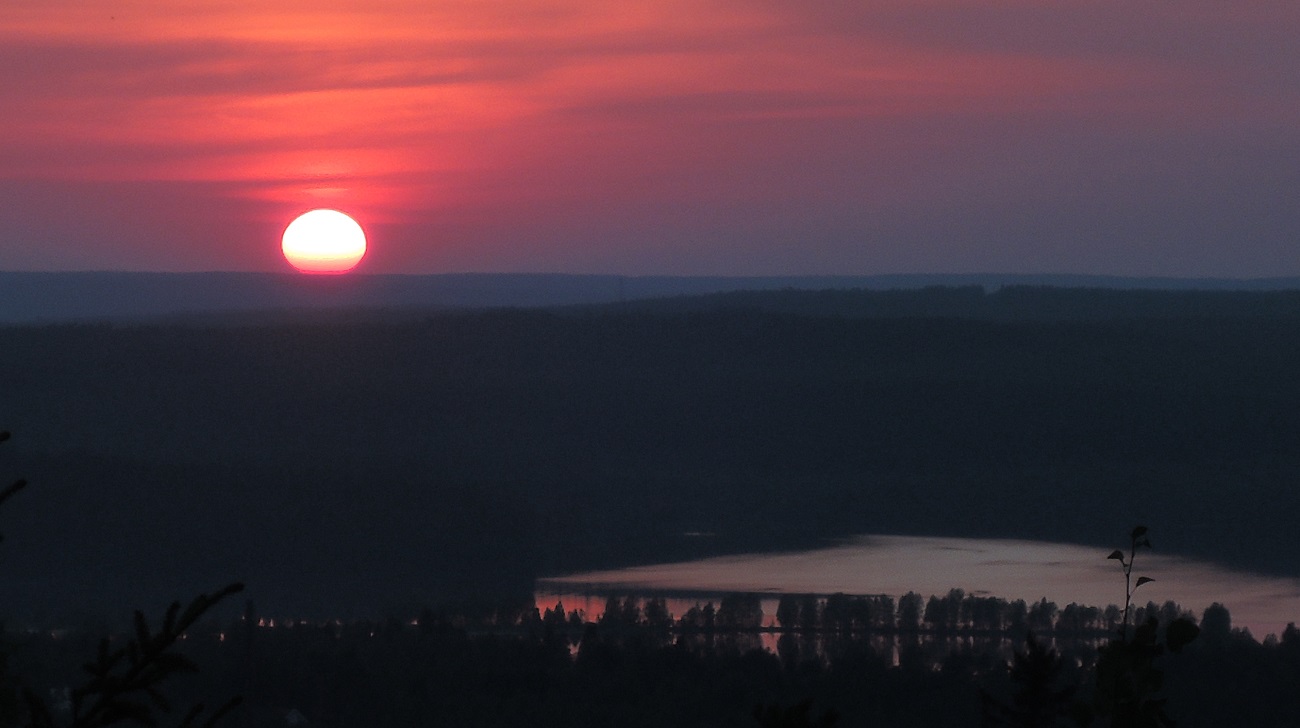

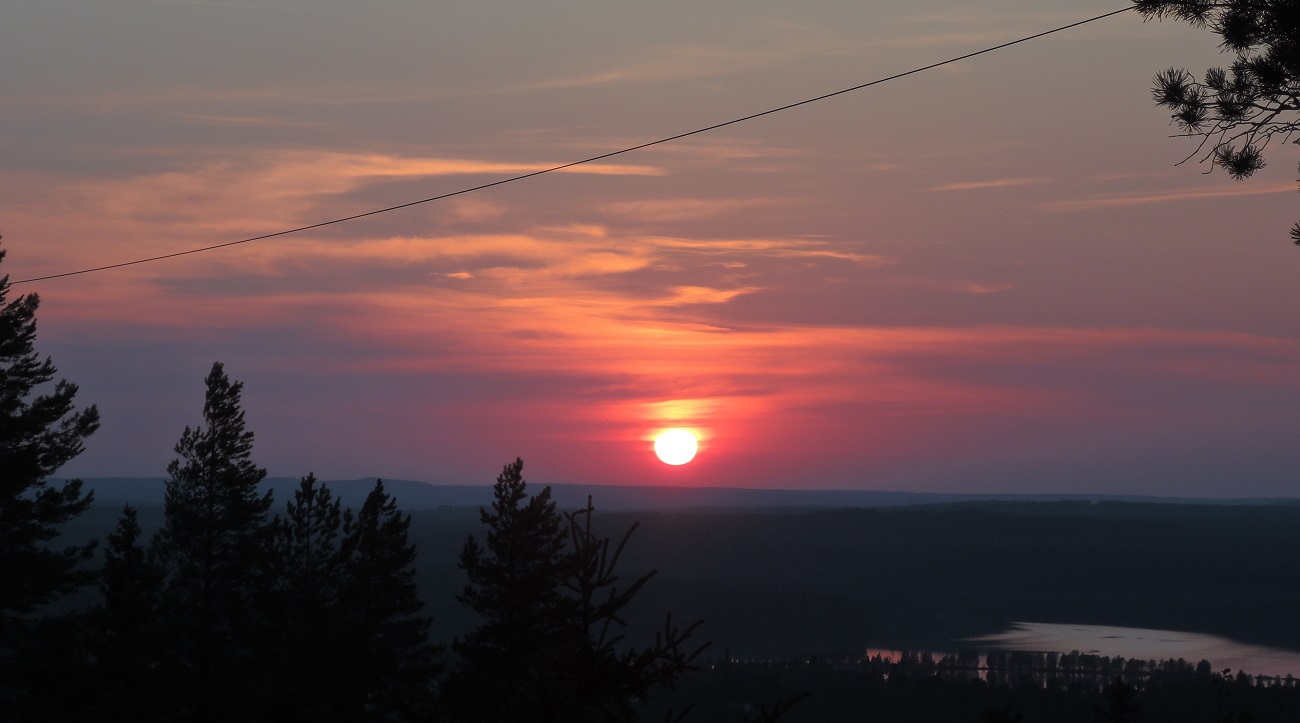

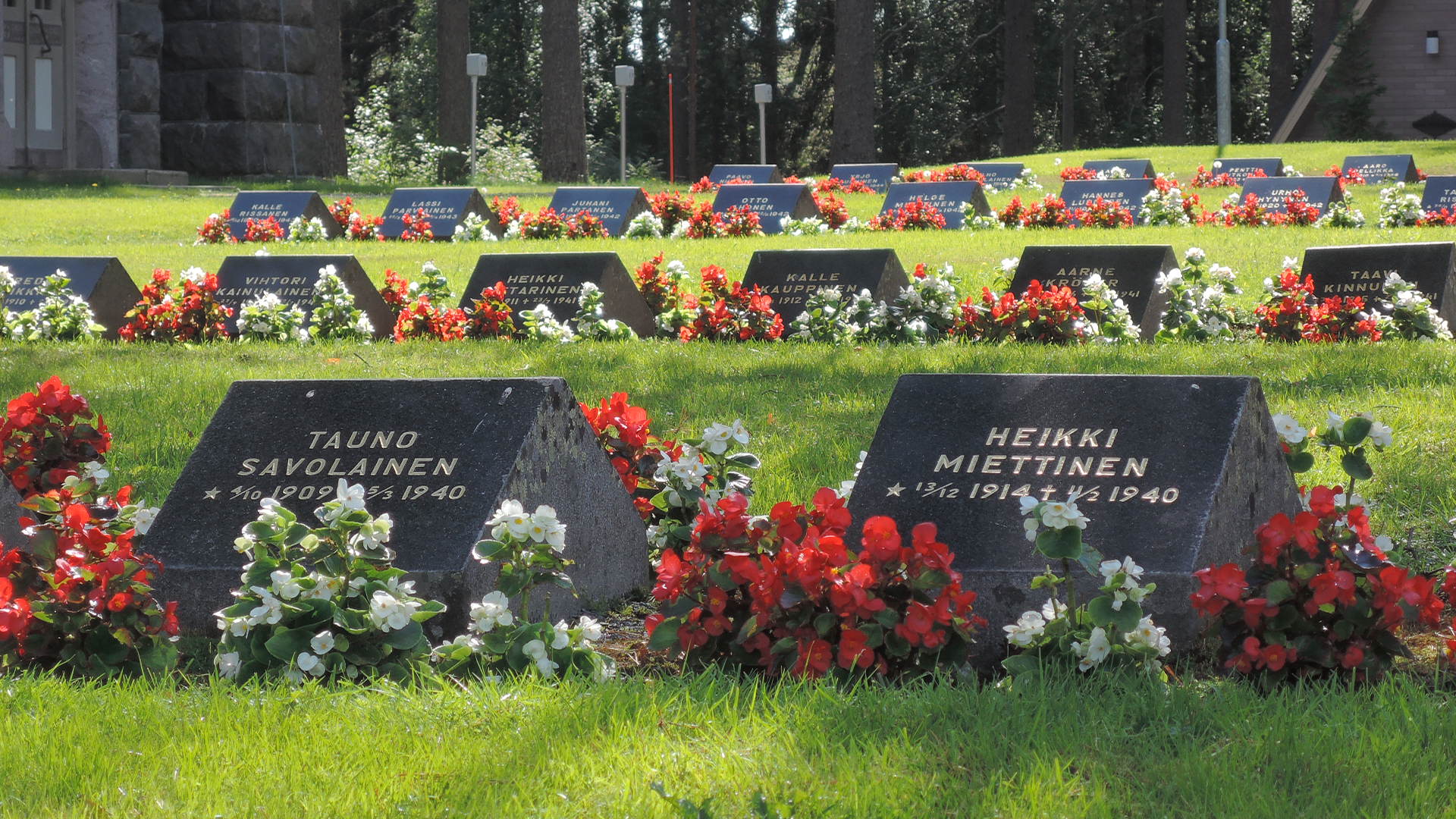

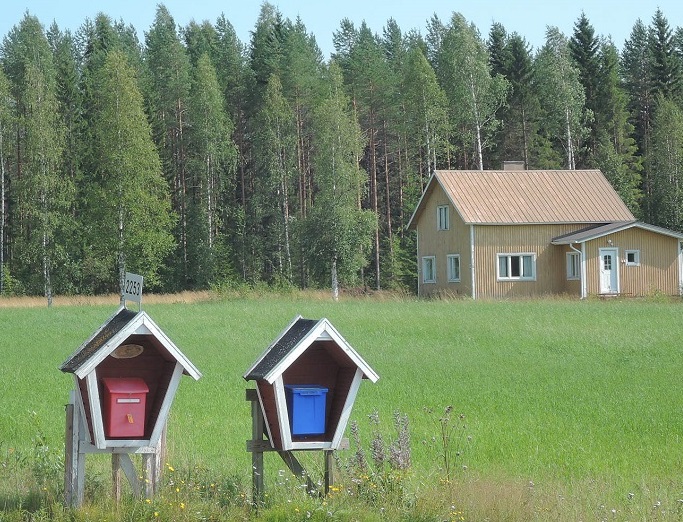
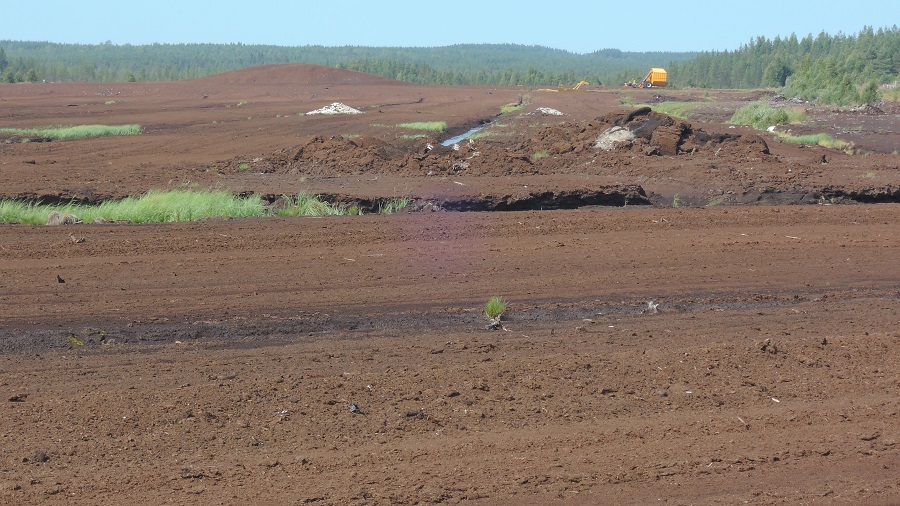
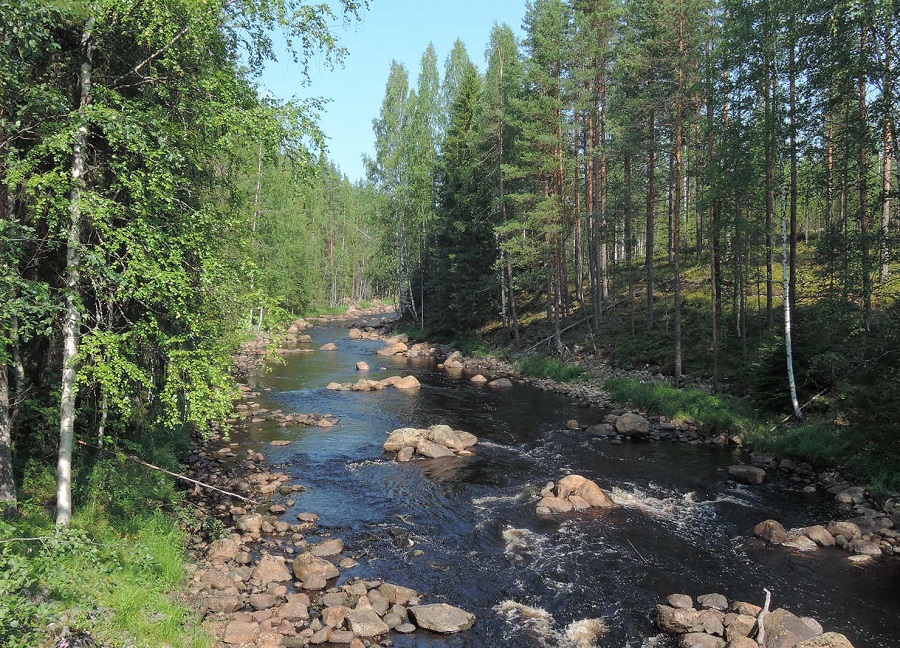
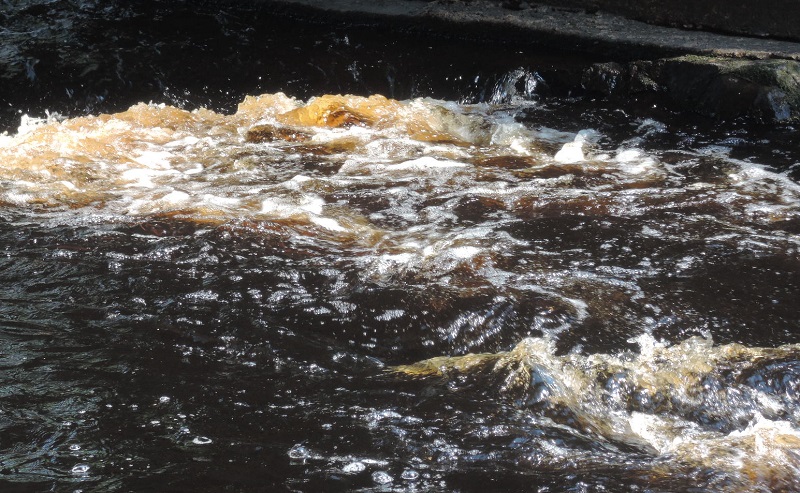
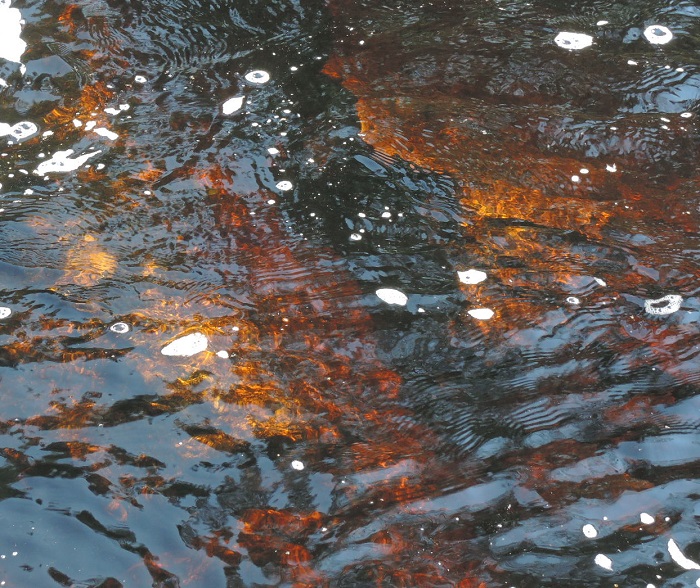

Another great post about your travel in Finland. You can read about peat energy on Wikipedia http://en.m.wikipedia.org/wiki/Peat_energy_in_Finland
…but please remember that someone with green connections has written this article and it may not be neutral.
The thai people are likely to be seasonal berrypickers, scores of them fly in for the late summer. We have plenty of Finnish unemployed but very few of them use this free opportunity to make some money. Maybe the unemployment support is too good or they are lazy. Who knows?
Thanks a lot for this positive feedback. I already came across that wiki page you tell me, but didn’t find an answer to my question about that deforested dark land plot.
It makes sense the Thai being berrypickers. As to immigrants doing the job while unemployed locals comfortably sit at home getting their allowance, I’m afraid this is taking place all over our excessively welfarish Europe. It’s the same here. It’s a hard to address issue.
By the way, I’ve just realized your funny nickname and your email address. Be careful with the latter: it’s so covetable someone might try to take it from you. 🙂
Well, the dark plot is where they “harvest” peat. Peat is the “dark stuff”
So, that explains it. I’m glad to know I was right. 🙂 Thanks for commenting!